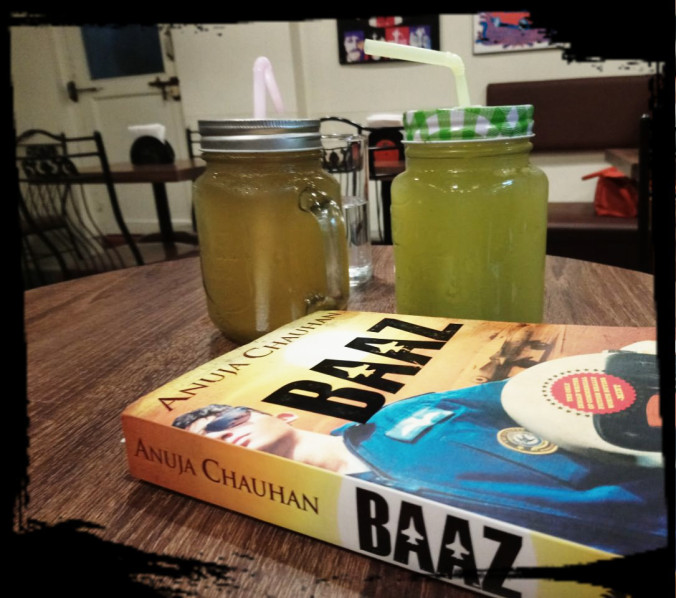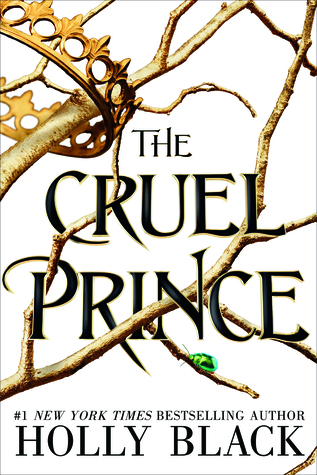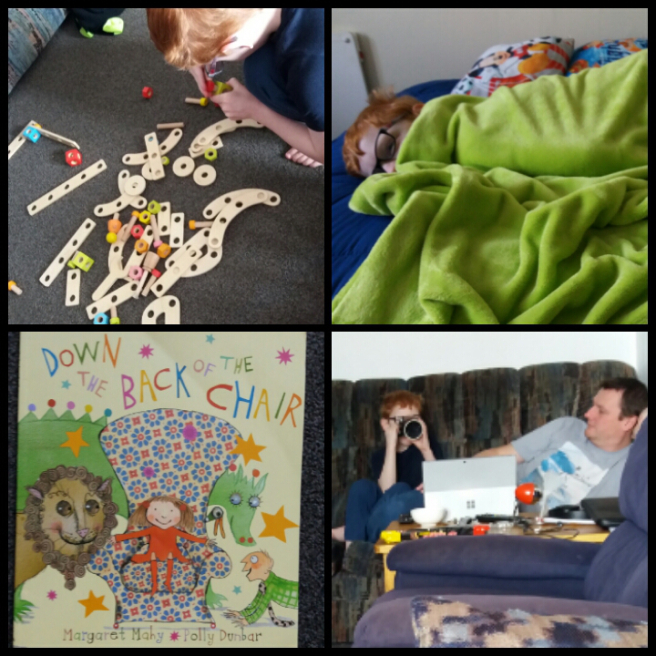As March slowly comes to an end and April begins, we grow closer to this year’s Pocono Retreat! Today, as part of our interview series with our fabulous faculty, I chat with Kelly Light.
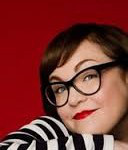 Kelly Light lives in New York but grew up down the shore in New Jersey surrounded by giant pink dinosaurs, cotton candy colors, and Skee-Ball sounds. She was schooled on Saturday-morning cartoons and Sunday funny pages. She picked up a pencil, started drawing, and never stopped. Kelly is the author/Illustrator of the Louise series. Louise Loves Art (Fall 2014) and Louise and Andie, The Art of Friendship (Spring 2016) are the first two books in the series. Kelly has also illustrated Elvis and the Underdogs and Elvis and the Underdogs: Secrets, Secret Service, and Room Service by Jenny Lee, and The Quirks series by Erin Soderberg.
Kelly Light lives in New York but grew up down the shore in New Jersey surrounded by giant pink dinosaurs, cotton candy colors, and Skee-Ball sounds. She was schooled on Saturday-morning cartoons and Sunday funny pages. She picked up a pencil, started drawing, and never stopped. Kelly is the author/Illustrator of the Louise series. Louise Loves Art (Fall 2014) and Louise and Andie, The Art of Friendship (Spring 2016) are the first two books in the series. Kelly has also illustrated Elvis and the Underdogs and Elvis and the Underdogs: Secrets, Secret Service, and Room Service by Jenny Lee, and The Quirks series by Erin Soderberg.
Hi Kelly! Thanks so much for joining us at our virtual café. We always like to offer a treat before we start, so what’s your beverage of choice?
I would love a cappuccino, thank you very much!
Louise Loves Art, your first published picture book as author and illustrator, celebrates the idea that there’s an artist inside all of us. How did you come up with Louise as a character and this message?
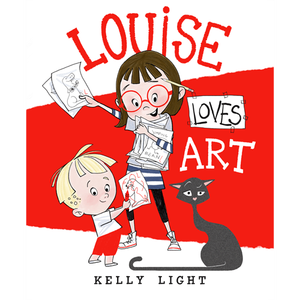 I had been trying to get published for about six years and felt like I was spinning my wheels. One day, I was just doodling. I was thinking about how much my daughter had grown to love art and about the way I was when I was a seven. I just drew her and put her up on my blog and immediately, people liked her. I then started drawing her a lot and put her in my portfolio and took her off to SCBWI LA in 2011. Again, she got a great response. I started to think about her and who she was and wrote down a few lines into my writing notebook. “I love art, it’s my imagination on the outside.” That line and one of the drawings went on a postcard and was mailed in Spring 2012. The very next day, my phone rang all day long, my email inbox filled up. So many editors and art directors wanted to talk to me about this character.
I had been trying to get published for about six years and felt like I was spinning my wheels. One day, I was just doodling. I was thinking about how much my daughter had grown to love art and about the way I was when I was a seven. I just drew her and put her up on my blog and immediately, people liked her. I then started drawing her a lot and put her in my portfolio and took her off to SCBWI LA in 2011. Again, she got a great response. I started to think about her and who she was and wrote down a few lines into my writing notebook. “I love art, it’s my imagination on the outside.” That line and one of the drawings went on a postcard and was mailed in Spring 2012. The very next day, my phone rang all day long, my email inbox filled up. So many editors and art directors wanted to talk to me about this character.
I still scratch my head over it.
Louise developed more after I signed with Balzer and Bray to make Louise Loves Art. I wanted her passion for art to be infectious. Her enthusiasm for drawing and creating was boundless but tempered by one thing, her love for her little brother. All artists need to snap out of their own heads sometimes and her little brother just wanted some attention.
It was all very organic and magical the year I made that book.
That does sound magical! Did illustrating books by other authors assist in preparing you to write your own book? How did the opportunity come about?
I illustrated early readers and chapter books before writing Louise. Yes, it helped a lot. I read the manuscript and images immediately start to appear in my brain. Creating images to correspond to text involves endless possibilities and developing the ability to choose just the right visual for just the right moment in the story.
It was an invaluable experience to work through another author’s books before writing my own.
The chapter books that I illustrated came about from going to SCBWI conferences for years and putting out my portfolio and postcards. I learned that art directors had my cards tacked to the walls in many publishing houses. They had hung there sometimes, for years. Little did I know, I was already on many art directors’ radar. I thought I was getting nowhere and I was actually taking steps towards getting work in children’s publishing.
Louise is determined to create a masterpiece in Louise Loves Art. Did you share her aspirations when you were her age, or did your artistic interest appear later in life?
My earliest memories of drawing are from about 4. I was obsessed with cartoons. I would lie on my tummy in front of the TV and draw Andy Panda, Bugs Bunny, Mickey Mouse and on Sundays, Snoopy from the Sunday funnies. I always knew I would be an artist. It’s who I am.
Louise was also made into a doll recently! What was it like seeing (and squeezing) her for the first time?
Oh Merry Makers did the best job on the Louise doll! I used to work in animation and cartoon licensing. In those fields, there is a term “off model”—that is when you get the character wrong. The features and proportions are off.
When they sent me the prototype, I assumed it would be off model, because it was the first try. I opened the box and was knocked over! They had captured Louise perfectly. Right down to her crooked smile!! The clothes! The sneakers! Sigh.
It is a great feeling to have a doll of my character. I have one that travels to book events with me. Her hair has gotten messed a bit and she looks even more like the character.
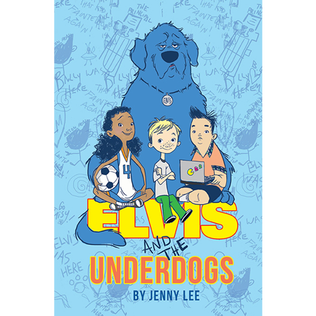

You’ve illustrated for middle grade novels, including Elvis and the Underdogs, and The Quirks: Welcome to Normal. How different is the process of collaborating with an author versus writing and illustrating your own books?
The Quirks was the first book I collaborated on. I loved those characters so much. The difference between the two experiences is that a map of another world is being given to you by another author. The rules are already written.
When acting as both the author and illustrator, I have to create the world and write the rules and make the map.
The different experiences are, hmmmm…kinda like if someone hands you a 1000 piece puzzle in a box. You can follow the picture on the lid when just the illustrator.
But if you are writing and illustrating…. you have to make the box, create the picture on the lid, cut the pieces up, mix them all up and put them all back together.
You are the very first artist chosen to be an International Ambassador of Creativity for The Chuck Jones Center for Creativity. Can you tell us about the Center and your role with them?
I am a huge Chuck Jones fan. When I was a kid, I would watch the credits and title cards on all of the cartoons and memorize names like Walter Lanz, Bob McKimson, Tex Avery, Frank Hanna and Joseph Barbera and Chuck Jones. It just so happened that most of the Looney Tunes that I loved were made by Chuck Jones.
Years later, in my twenties, I worked for the Warner Bros Stores as a character artist and I got to meet Mr. Jones at an event. I told him how much I loved drawing his characters for my job. He sat me down and talked to me about creating my own characters.
I have since found out that Chuck Jones took time with a lot of young artists and visited schools to teach and encourage.
I learned about the Chuck Jones Center and all of the great work they do inspiring new artists and the artist in everyone to create. The spirit of creativity and the encouragement of expressing what is in ourselves is their focus. It is the torch that Chuck passed on that has been carried so well by his family. I followed the center online and got to know Craig Kausen, chairman of the Center and Chuck Jones’s grandson.
When I got published with Louise Loves Art, I sent Craig a message and got invited to come out and do a workshop with kids out at the Center. When it was finished, I was asked to be an ambassador.
It is my honor and privilege to tell people about it and the wonderful work that they do. They do outreach to schools with to art programs and work with senior citizens in retirement homes and hospitals to help spur creativity and wellness. I love that place.
Plus—it is filled with Chuck Jones’s original artwork!!! They are a non-profit and are having their Red Dot auction fund raiser soon! Check them out: http://chuckjonescenter.org.
 Prior to publishing, you had a full career drawing cartoon characters for licensed merchandise. Did this fast-paced environment teach you how to juggle your workload now?
Prior to publishing, you had a full career drawing cartoon characters for licensed merchandise. Did this fast-paced environment teach you how to juggle your workload now?
For sure! I would have to fill a wall with concept drawings in one day. I would do the concepts, the sketches and maybe the clean line art, but not the finished art. It was all brain storming.
Working as a production artist forces your imagination into assembly line mode. All ideas are produced onto paper and shown. There is no time to over think. If you pump out a ton of images, there is a good chance that one will be a gem. The process, I imagine is like working in an advertising agency. Creating a singular image that has the strongest impact possible.
I developed the ability to brain storm on demand and get into the “zone” that is—when the imagination is firing on all cylinders. The tight turn around’s kept me on my toes.
Juggling work with books is harder. There is a lot of hurry up and wait. The deadlines are further away and when making books, there is also marketing, promotion, online presence and school and library visits.
But the end result of connecting my OWN characters with kids—makes this the ultimate best job ever.
Every artist and writer experiences large amounts of rejection alongside moments of encouragement. When you were working towards your first contract, how did you tune out the rejection and focus on the encouragement?
I think if you want to make children’s books, you have to reach deep inside and hang on to the belief in yourself, or no one else will believe in you. Rejection is part of the process. It makes you take a good, long, hard look at your work—at the market place—at the industry… and it can narrow your focus to see more clearly, just where you fit in.
Through rejection, you can educate yourself on the tastes of art directors, of an imprint or editor and on where your work just has to get better.
I don’t think you should tune out the rejection. I think you should use it. I think it can fuel your drive to prove someone wrong, to prove you are ready. To keep you moving forward. To create new work, better work and just keep leveling up.
That being said, I benefited from a lot of encouragement from more experiences authors, illustrators and some amazing art directors. I would make connections with them at conferences and a few would reach out to me on my journey to let me know that they thought I was making great new work or to help with finding an agent or who to submit my work to.
I always tried to refocus after some negative feedback and just pick up the pencil again and keep drawing through the rejection. New work is everything. Plus, rejection does not ever stop. Not even after you are published. You always have to come up with the next book idea and get the next job.
That’s this life. So buckle up.
If you could share one piece of advice to aspiring illustrators, what would it be?
Never apologize for your work. Never show your portfolio and apologize, over explain or speak of what is missing or what you wish you had done. If you are showing it, support it and believe in your work and yourself. Project that you have your act together even when your insides feel like jello.
Cultivate “owning” the idea that you have something to say in this world of children’s books that is uniquely you and it will find a place on the book shelves.
Thank you so much, Kelly! We know you’ll have great feedback to share with attendees at the Pocono Retreat!
To read more about Kelly, visit her website at www.kellylight.com.
Advertisements Share this:

